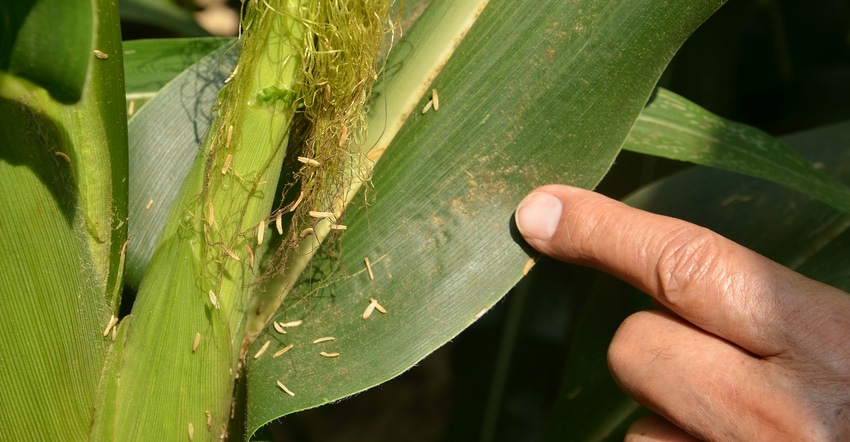July 2, 2019

“It was one of the most difficult, cold, wet and longest planting seasons I can remember. Just when I think I’ve seen it all, Mother Nature pulls some new combinations of temperature and rain events out of her bag.”
Those are my words. But they describe the 2016 season. That’s how I led off a Corn Illustrated article three years ago. Yet the slow start in 2016 pales in comparison to 2019.
However, all isn’t lost yet. Even for June-planted corn, there’s still hope. Corn makes adjustments as it attempts to produce as many kernels as possible.
GDD concept
Let’s dust off some concepts about growing degree days from 2016. Corn growth is driven by heat units, measured as GDDs. The maximum GDDs available at any location are counted beginning March 1. With later plantings, you’ve already lost a certain number of GDDs before you planted.
For example, in central Indiana, if you plant May 2, on average, 306 GDDs already have accumulated since March 1. That’s based on data collected from 1971 through 2010. Check out the Purdue University Corn and Soybean Field Guide. If you plant May 30, the average total GDDs since March 1 is 680; on June 13, it’s 939. If you normally plant May 2 but couldn’t plant until May 30, you sacrificed 374 GDDS. If you were delayed until June 13, you gave up 633 GDDs.
To calculate GDDs, subtract 50 from the average daily temperature to get GDDs per day, with the limitation that if the high temperature is above 86 degrees F, you use 86 as the high. Corn shuts down above 86 degrees. Likewise, if the temperature drops below 50 degrees, use 50 as the minimum. Corn doesn’t grow at temperatures below 50.
A couple of days in Mid-June were unusually cool in 2019 — not what late-planted corn needed. For example, for one day in central Indiana, the high was 65 and the low 48. GDDs accumulated (day’s high plus day’s low divided by 2 minus 50): 65 plus 50 equals 115 divided by 2 equals 57.5 minus 50 equals 7.5. Only 7.5 GDDs accumulated.
Mother Nature’s trick
Here’s why there’s still hope for the 2019 corn crop. Purdue’s Bob Nielsen and Ohio State University’s Peter Thomison discovered that if the same hybrid is planted 30 days late, it requires about 200 fewer GDDs to reach relative maturity. The exact reason why fewer GDDs are needed isn’t known.
I believe it may relate to survival of the species in an evolutionary sense. Can plants detect from day length that they need to speed up? They want to produce seed even if it’s smaller.
A relatively cool June puts the pressure on for warmer weather if corn is going to mature before a killing freeze. That’s even with Mother Nature’s ability to speed up maturity.
Nanda is director of genetics for Seed Genetics-Direct, Jeffersonville, Ohio. Email [email protected] or call 317-910-9876.
About the Author(s)
You May Also Like






